Compiled by Savitha Hira
Photography: Courtesy Shigeru Ban Architects
IAnD traces Ar. Shigeru Ban’s project in disaster-affected Nepal and his solution for lack of supply in temporary housing that could be adapted to in developing countries, including India…
On the April 25, 2015, Nepal suffered an earthquake measuring 7.8 on the Richter scale. Knowing of Japan-based Ar. Shigeru Ban’s successful and continuous involvement in disaster relief projects around the world over the last two decades, the veteran architect was flooded with a multitude of requests for help from individuals and agencies, known and unknown.
Ar.
Ban visited Nepal from May 31, to June 2, 2015, where he closely
researched local materials, markets and traditional building techniques; also
identified problems unique to the local sites.
Most
of the collapsed buildings that were made of simple structures by making layers
of sundried and baked bricks had a wall thickness of approximately 50 cm. Even
those, whose houses had not totally collapsed feared to live in brick-made
houses after the traumatic earthquake experience and preferred to live in
tents. The community appealed to the architect that they would never want to
live in a masonry house. Another important observation by Ar. Ban was that the disaster
site was laden with rubbled bricks accumulated in the wreckage; and needed to
be disposed off.
Studying
the local and traditional Nepalese architecture of the buildings that were
still intact, he noticed the presence of carved wooden frames embedded within
the brick walls. He also observed timber workers, who were constructing window
and door frames using simple tools.
Inspired,
his solution was quick and immediate: Ar. Ban proposed that a wall system be
assembled by connecting modular wooden frames (3ft x 7ft or 90cm x 210cm) and
infilling them with rubbled bricks. This simple construction method, he
deduces, enables anyone to assemble the wooden frames very quickly and if
a roof (a truss made of local paper tubes) is secured on top, and the wooden
structure covered with a plastic sheet, people can immediately begin to
inhabit the shelters. Afterwards, people can stack the rubbled bricks inside
the wooden frames and slowly complete the construction themselves.
“The structural integrity of this temporary house
lies primarily in the wooden framing,” he opines, “And although the walls are
to be infilled with rubbled bricks, the masonry itself functions as a secondary
structural system. In the case of a two-storey building, one can add a plywood
panel inside the wooden frame for structural strength.”
The first prototype is to be constructed by end
of August.
Meanwhile, Ar. Ban’s efforts are on to develop low-cost prefabricated housing, which has already begun in the Philippines. This project commenced after the 2011 earthquake in Japan when the lack of supply in temporary housing became apparent. In order to avoid such a shortage during future disasters, Ar. Ban has designed a low-cost prefabricated house that can be manufactured in developing countries such as the Philippines and India, and assembled in disaster struck zones, if the need arises.
The
structure of these prefabricated homes consists of wall assemblies using
fibre-reinforced plastic and foam-board sandwich panels. This project not only
creates better quality temporary housing rapidly, but also creates local
employment through factories for these houses in developing countries.
Furthermore, this system serves to improve the housing conditions of low-income
groups in developing nations. A prototype house has already been made
and assembled at a factory in Philippines.

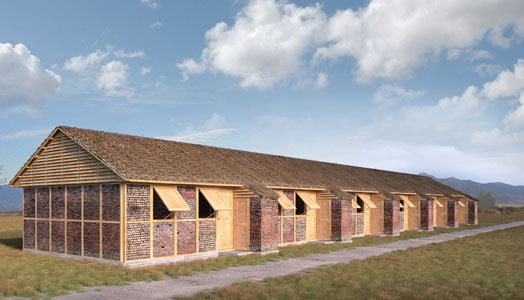
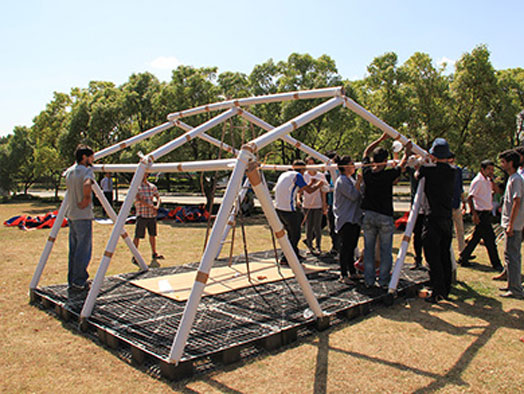
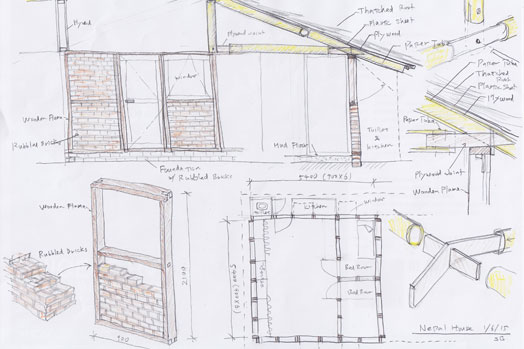
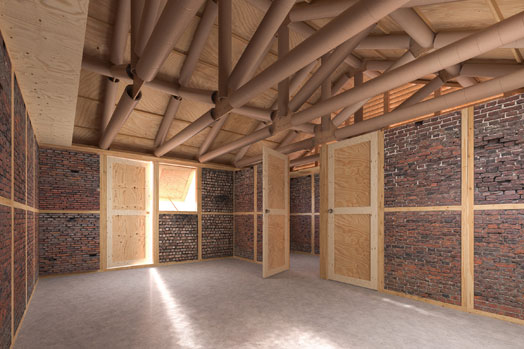


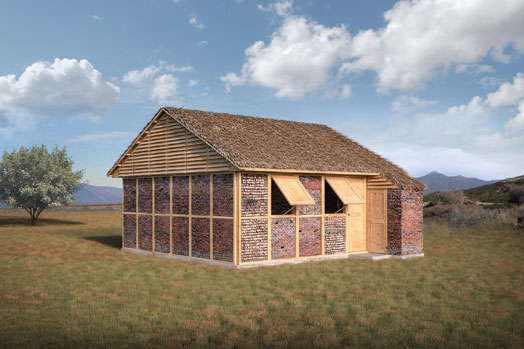

Patanjali Yog Peeth Nepal offers help to bolster nepal charities foundations and giving camps and treatment to earth tremor harmed individuals and take look after them. For more information visit our site: - nepal earthquake help
ReplyDeleteNice to see that this will help for Nepal earthquake victims and Patanjali rahat kosh helping these people. For more information Please visit my site: - nepal earthquake help
ReplyDelete